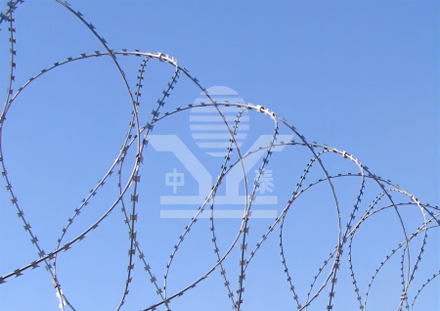Garden Netting for Climbing Plants A Guide to Successful Growth
When cultivating a garden, one of the most satisfying ventures is the growth of climbing plants. These plants not only enhance the aesthetic appeal of any landscape but can also serve practical purposes, such as providing shade, privacy, or even producing edible fruits and vegetables. However, to ensure these climbing plants thrive, gardeners often turn to garden netting as a critical tool in their cultivation efforts. This article explores the benefits of using garden netting for climbing plants, offers practical tips for installation, and highlights the various types available.
The Benefits of Garden Netting
1. Support for Climbing Plants Garden netting provides essential support for climbing plants, encouraging vertical growth which maximizes space and promotes healthier plants. Many climbing species, such as peas, beans, and cucumbers, will naturally seek out structures to climb and flourish. Garden netting acts as an effective lattice, allowing plants to grasp and grow upwards rather than sprawling on the ground.
2. Improved Airflow and Sunlight Exposure By elevating climbing plants, garden netting helps improve airflow and increases sunlight exposure. This is particularly important for reducing the risk of mildew and mold, which thrive in shaded, damp conditions. Enhanced airflow also means cooler plants during the hot summer months, which can lead to more fruitful yields.
3. Ease of Harvesting Using garden netting allows for easier access to your plants. Vegetables and fruits that grow on climbing plants are typically easier to reach and harvest when they are properly supported. This can reduce the risk of injury to the plants and decrease the time spent on harvesting.
4. Protection from Pests Certain nettings can also act as a barrier against pests, keeping harmful insects away from the plants. While not all garden nettings are designed for this purpose, those that are finely woven can help protect delicate climbing plants from aphids, caterpillars, and other critters while still allowing sunlight and rain to nourish them.
Types of Garden Netting
There are several types of garden netting available, each suited for different types of climbing plants and gardening needs
- Plastic Netting This is a common choice for home gardeners. It is lightweight, durable, and resistant to the elements. Plastic netting is available in various mesh sizes, making it suitable for everything from small beans to larger cucumbers.
garden netting for climbing plants

- Natural Fiber Netting Made from materials such as jute or hemp, natural fiber netting is biodegradable and environmentally friendly. It blends well with garden aesthetics and is often used for more decorative climbing plants like sweet peas or flowering vines.
- Wire Grid For sturdier support, wire grids can provide robust structure to hold heavier plants. They are particularly useful for supporting plants that bear heavy fruit, such as tomatoes or squash. A wire grid can be more permanent and can last for many growing seasons.
Installing Garden Netting
Installation of garden netting can be straightforward, yet effectiveness lies in proper execution. Here are some tips to ensure your netting setup yields the best results
1. Choose the Right Location Before installing any netting, consider where the climbing plants will be situated. Ensure the netting will be positioned in full sunlight, which is essential for most climbing plants.
2. Secure Anchors Use stakes, poles, or even the sides of your garden beds to secure the netting. Make sure stakes are firmly anchored to withstand the weight of the growing plants.
3. Adequate Height and Tension The netting should be tall enough to provide ample support as the plants grow and should be taut enough to prevent sagging. This ensures both stability and easier access during harvesting.
4. Train Plants to Climb As plants begin to grow, gently guide their stems toward the netting, allowing them to latch on naturally. This initial training can significantly enhance growth and yield.
Conclusion
Garden netting serves as an invaluable resource for any gardener looking to cultivate climbing plants effectively. By providing support, improving airflow, simplifying harvesting, and potentially protecting against pests, it enables plants to reach their full potential. With various types and straightforward installation methods, garden netting is an accessible solution that can transform your climbing plants into healthy, bountiful contributors to your garden. So why wait? Invest in some quality garden netting today and watch your climbing plants thrive like never before!
-
Versatility of Expanded Aluminum Metal for Various Applications
NewsMay.19,2025
-
The Geometry of Steel Gratings: Why It Matters
NewsMay.19,2025
-
Reinforcement Applications of Perforated Mesh in Masonry
NewsMay.19,2025
-
Essential Tools for Installing a Deck Mesh Railing
NewsMay.19,2025
-
Anti-Slip Flooring Made with Stainless Expanded Mesh
NewsMay.19,2025
-
Adjustable Steel Grating for Uneven Terrain
NewsMay.19,2025
Subscribe now!
Stay up to date with the latest on Fry Steeland industry news.

